
Fresh herbs are almost impossible to ignore. They’re simply that good. Not only are they an easy way to add flavor to meals, but they can feature in cocktails, desserts, herbal teas, and many other places. That’s not even considering all the potential health benefits.
Rosemary is particularly appealing. It’s an aromatic herb with a distinct woodsy flavor profile that goes well with lamb, beef, and other rich meats (it can also be used in many other ways). You can easily buy fresh rosemary sprigs online or in your local grocery store, but why not learn how to propagate rosemary instead?
Now, the term propagating simply refers to starting with one plant and ending up with multiple. Saving and planting seeds is the most common way to do this. Layering, division, and budding are also popular approaches.
However, if you’re propagating rosemary, you’ll typically do so from cuttings. This is a surprisingly easy approach. Sometimes you can even manage it with sprigs from the grocery store. So, today we’re looking at how you can successfully grow rosemary from cuttings, even if you’ve never tried to do so before.
How To Propagate Rosemary

Propagating rosemary from cuttings isn’t difficult, far from it. This approach is actually much easier than growing rosemary from seed. However, there is still a set of steps to follow.
1. Select Stems For Propagation
First, you’ll need to cut some rosemary sprigs. For this, you’ll need access to a well-established rosemary plant. If you don’t have one of your own, a good friend or neighbor might be able to help you out.
As you inspect the plant, you might notice two types of wood – hard and soft. The hard woody parts of the plant tend to be older and aren’t growing as fast. So, you’ll want sprigs from younger and more pliable branches.
Try for cuttings that are between four and six inches long. These should ideally come from a transition point on the stem, where you see a shift from hard to soft wood.
If your rosemary has much longer stems, you can actually cut them in half and prepare both halves for root development.
2. Cut The Stems And Remove Leaves
Once you have the stems you want, you’ll need to remove leaves on the bottom two inches of the rosemary sprig. Or, roughly the bottom third if you don’t feel like doing any measuring.
You can also cut the base of the stem at 45 degrees. This provides access to the core of the stem and plenty of surface area to promote root growth.
3. Start To Grow The Roots
The next step is to encourage the rosemary to grow roots. There are two general ways to do this – in water or in soil. Water is the simplest, although using soil instead can yield better results, as the soil contains more nutrients.
In Water
All you’re doing here is keeping the sprigs of rosemary in water. Ensure that your rosemary sprig’s stripped base is entirely submerged while the leaves are out of the water.
The water you choose makes a difference here. Tap water is often okay as long as it is of decent quality and isn’t too high in chlorine. You can also turn to spring water or filtered water. Avoid distilled water, as this has been stripped of the minerals that your plant needs.
In Soil
You can also root rosemary in soil. Some people do so by simply using potting mix, while others use a 50/50 combination of potting mix and sand. The 50/50 mix creates well-draining soil that’s perfect for rooting cuttings. Even sand on its own can be enough.
In all cases, there must be plenty of drainage. This helps prevent root rot and gives your plant a fighting chance.
Start by moistening the medium and then make a small hole. The cutting goes into that hole, so that all the leaves are above the ground and the stripped section is below the ground.
Make sure that the rosemary stem is upright when you’re done. Gathering a little soil around the base can help it to stay stable.
4. Allow The Roots To Develop

Now, it’s time to wait. Rosemary sprigs normally take between four and six weeks to form enough roots for transplanting.
While the roots are developing, you’ll need to care for the sprig. For the water method, this involves changing the water every few days. If your sprig has been planted instead, you’ll need to keep the soil moist.
You should also choose the positioning of your rosemary well. Look for a place where rosemary can get bright indirect light. Avoid placing developing sprigs in direct sunlight, as new rosemary plants can’t cope well with the intensity of the sunlight.
5. Transfer Your New Rosemary Plants
Once the roots have developed, it’s time to transfer the baby rosemary plants. You can now place them in pots or in your garden, whichever you prefer.
It’s important to be gentle and patient here, as the rosemary plants are still young and vulnerable.
What About Rosemary From The Grocery Store?
So far, we’ve been assuming that you have healthy rosemary plants that you can take cuttings. But, that’s not your only option. It’s also possible to grow rosemary sprigs that you purchased at a grocery store, particularly those sold in clamshell packets.
The process for these sprigs is exactly the same as for sprigs you cut yourself. However, you might see a lower success rate, as you don’t know where on the plant the sprigs were cut from or how fresh they are.
Tips For Growing And Propagating Rosemary

Try Rooting Hormone
Some gardeners add a little rooting hormone to the end of each rosemary sprig before adding it to water or soil. Rooting hormone is a powder that can be found in many gardening supply stores and includes plant growth hormones to encourage root growth.
Many products rely on artificial ingredients, so the rooting hormone isn’t great if you want to grow rosemary organically. Thankfully, there are some natural options.
Rooting hormones are particularly helpful for woody herbs like rosemary, as these are sometimes resistant to setting roots. But you should pay attention to any warnings when choosing a rooting hormone. Some products actually make your rosemary unsafe to eat for roughly a year, which is pretty frustrating.
Think About The Time Of Year
Early summer is typically the best time to take rosemary cuttings and start to grow new herbs. This is because rosemary doesn’t do well over the winter and can often be raggedy and woody.
It takes until the start of summer for the plant to start doing well again and produce new green stems. Those stems have the best chance of developing roots, so it’s worth waiting for them.
Think About The Environment
Rosemary is a Mediterranean plant, so it thrives in full sunlight and well-drained soil. When it has this, the plant can get up to an impressive six feet in height and more than four feet in width.
This means you’ll need to find sunny places to plant your rosemary and make sure there’s plenty of drainage.
While rosemary is somewhat resilient, it doesn’t survive harsh winters. This sometimes means that you need to treat it like an annual, rather than a perennial.
Alternatively, some people grow rosemary in pots, so that the plant can be taken inside for the winter. If inside isn’t a good choice, you might be able to find a sheltered spot near the house wall that still gets plenty of sun in the winter.
Don’t Overwater
Rosemary doesn’t like too much water, even when the plant is well-established. Try to only water it when the soil feels cool and dry to the touch.
Take More Sprigs Than You Need
You’ll find that some of your rosemary sprigs never develop roots, while others root successfully but don’t establish as healthy plants. Because of this, it’s best to prep and root more rosemary sprigs than you need.
Think About The Parent Plant
When you’re taking cuttings, think about the parent plant too. If you want this to survive, you shouldn’t remove more than a third of the plant in cuttings. Taking away more than this risks killing the plant, as you’re reducing its capacity for photosynthesis.
Why Grow Rosemary From Cuttings?

If you weren’t growing rosemary from cuttings, you’d either be growing rosemary from seeds or simply buying the herb regularly. Buying rosemary might be fine if you’re only using it occasionally, but paying for it every time gets expensive fast.
Besides, it’s nice to have rosemary on hand whenever you need it. The same is true for other herbs. It’s fantastic to know that everything you need is at your fingertips.
The other reason is that growing rosemary from seed is a slow process. The seeds normally take between 15 and 25 days to germinate and quite a bit longer before they can be safely transferred.
In contrast, rosemary sprigs are already baby plants. Using them puts you a few steps ahead and means you should have mature plants much sooner.
Also, propagating rosemary means that you’re getting a clone of the parent plant. The new plant will have the same flavor, growth patterns, and disease resistance as the parent. This is helpful for gardeners, as you already know what to expect.
In contrast, brand new rosemary plants or rosemary grown from purchased seeds could be different in all these areas.
Ways To Use Rosemary
You probably know some ways to use rosemary already, given that the herb is often used in cooking. But there are also plenty of unusual ways to use rosemary, like the following:
- Make rosemary lemon simple syrup. This simple syrup adds a delicious sweet, tart, and herbal flavor balance to cocktails and other drinks.
- Make rosemary butter. Herbal butter is always delicious. You can make this with just rosemary and butter or include other ingredients, like garlic and salt.
- Try rosemary salt. You can also make infused salt using rosemary. This is as simple as mixing rosemary leaves with sea salt in a jar and leaving the jar for two weeks.
- Grill rosemary skewers. Wooden rosemary sprigs can be grilled alongside meat and vegetables to infuse herbal aroma into your meat.
- Infuse rosemary into vodka. Vodka infusions are fun and delicious. Using rosemary adds some herbal notes to the vodka. The infusion could be stunning in savory cocktails.
- Include rosemary in fermented garlic honey. Fermented garlic honey is a healthy and easy home ferment that is even better when you add a few herbs, like rosemary.
- Create body products. Rosemary can be included in homemade body and home products, such as soap, candles, pest repellants, air fresheners, and even mouthwash.
Final Thoughts

Propagating rosemary is an easy way to get new plants for free. You might even be able to grow your own plant from a couple of sprigs found at the grocery store, which is simply amazing.
Rosemary isn’t as easy to grow as some other herbs, like basil, but don’t let this put you off. It just takes a little practice and then you’ll be able to propagate rosemary reliably. Before long you might even have your own kitchen herb garden.





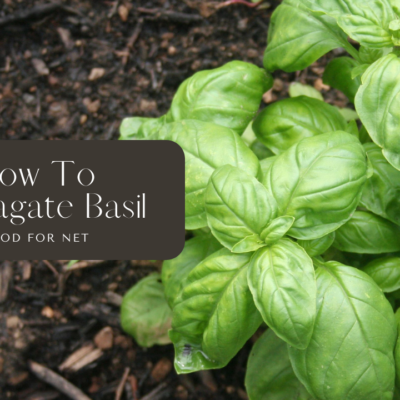
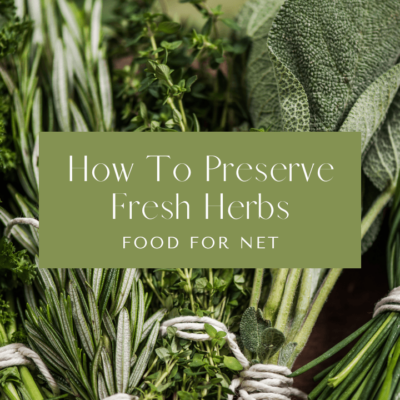
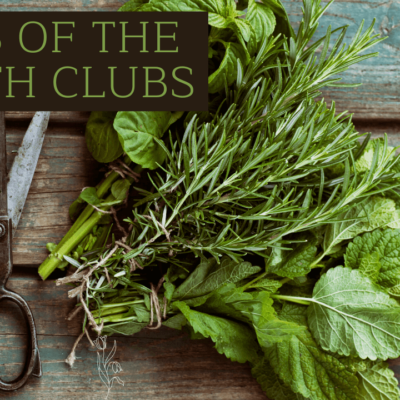


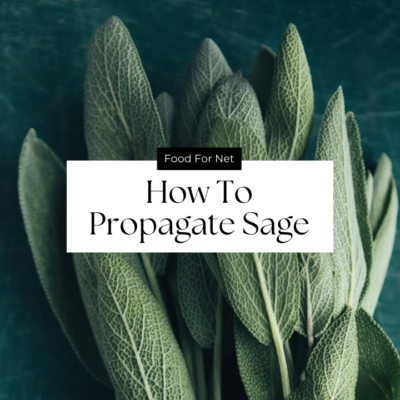

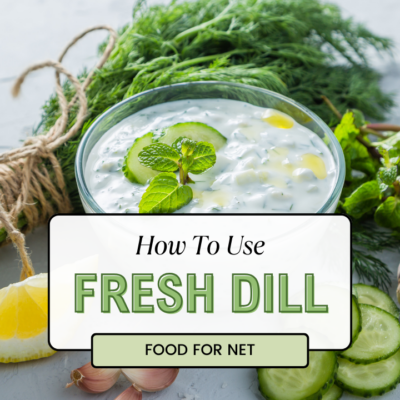



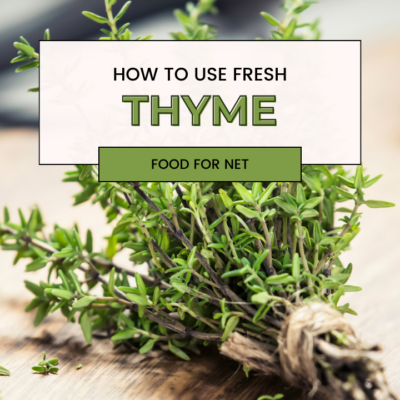
 How To Propagate Thyme At Home
How To Propagate Thyme At Home
Leave a Reply